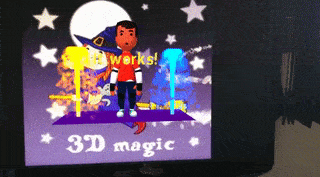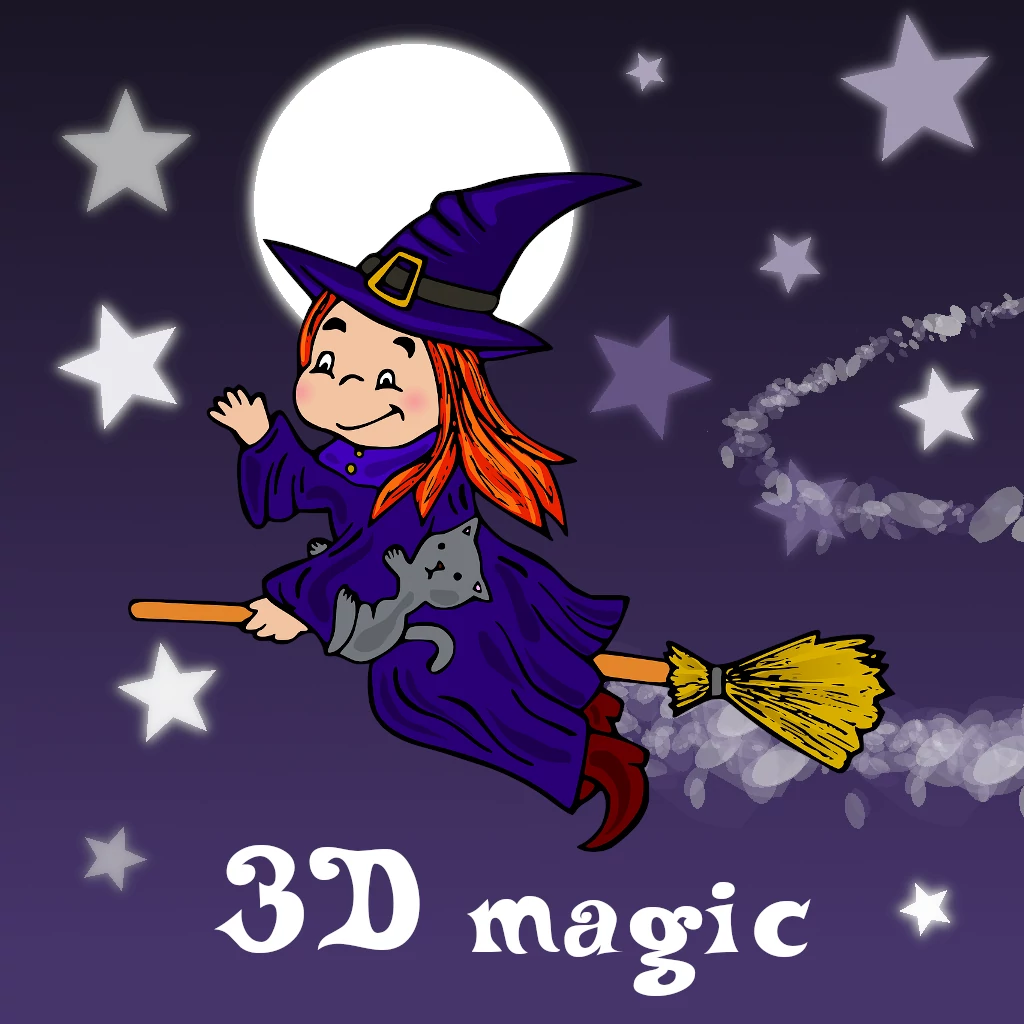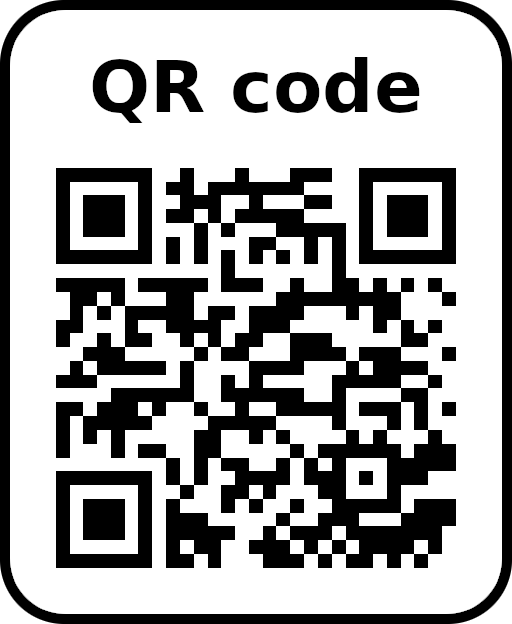# MARTINS.js WebAR engine
Create amazing Augmented Reality experiences with **MARTINS.js**, a GPU-accelerated Augmented Reality engine for the web.
Get started at
MARTINS.js is [dual licensed](#author). It is currently in beta.
## Features
Currently supported features:
* **Image tracking**, also known as natural feature tracking. Use it to track detailed images such as: book covers, cartoons and photos.
 
## Try WebAR right now!
1. Scan or tap the QR code below with a mobile device.
2. A web page will be opened. It's the WebAR experience.
3. The web page will request access to your webcam. Authorize it.
4. Scan the cartoon below.
5. Enjoy! :wink:
> ---
> **Guidelines for WebAR:**
> - WebGL2 and WebAssembly are required. Use a [compatible browser](#browser-compatibility).
> - Don't move the camera too quickly - it produces motion blur.
> - The physical environment should be properly illuminated.
> - Avoid low-quality cameras (cameras of common smartphones are OK).
> ---
| Cartoon | |
| - | - |
| [](docs/demo/my-reference-image.webp) | [](https://alemart.github.io/martins-js/demo/) |
## Why use MARTINS.js?
Here is why MARTINS.js is a great choice for creating Augmented Reality experiences:
* **No need to download apps!** MARTINS.js is a WebAR engine. It runs in web browsers. Users can access the AR experience immediately.
* **Fast and powerful!** MARTINS.js is GPU-accelerated. It uses WebGL2 and WebAssembly for turbocharged performance.
* **No need of custom hardware or software!** MARTINS.js is built from scratch using standard web technologies. All it requires is a modern and compatible web browser.
* **Fully standalone!** MARTINS.js has in it everything it needs to analyze the environment and help you create AR. There are no additional requirements. It's not WebXR.
* **Easy to get started!** MARTINS.js can be used with a `